Eco-Friendly Metal Roofs: 100% Recyclable Solution for Sustainable Homes
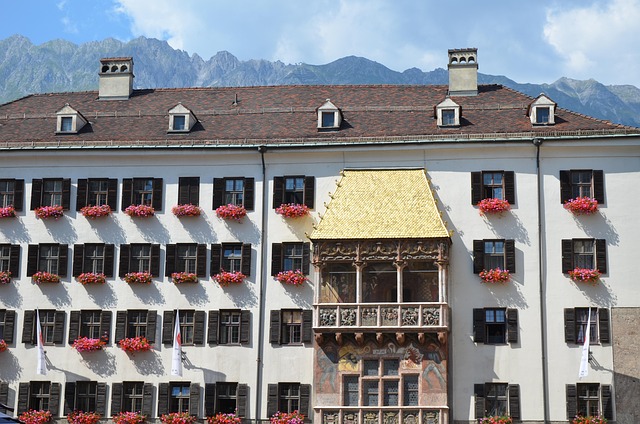
Metal roofing is an eco-friendly alternative to traditional asphalt shingles, offering 100% recyclab…….
Introduction
Metal roofing services have become a cornerstone in modern construction, offering a blend of durability, sustainability, and style that resonates with both residential and commercial property owners. This comprehensive article delves into the multifaceted world of metal roofing, exploring its historical context, technological advancements, economic implications, and future prospects. As we navigate through the intricacies of this industry, readers will gain a deep understanding of how metal roofing services are transforming the landscape of construction and building maintenance worldwide.
Understanding Metal Roofing Services
Metal roofing services encompass the design, installation, maintenance, and repair of roofs made from metal materials such as steel, aluminum, copper, and zinc alloys. These services provide a range of benefits including longevity, energy efficiency, and weather resistance. The history of metal roofing dates back centuries, with its roots in ancient civilizations. Today, it is a rapidly evolving sector that has adapted to modern demands for eco-friendly and technologically advanced solutions.
The core components of metal roofing services include the selection of materials, customization of designs to suit architectural styles, and implementation of innovative techniques to ensure longevity and performance. Metal roofs are characterized by their reflective surfaces that can significantly reduce heating and cooling costs in buildings. They also offer a lighter weight alternative to traditional materials like asphalt shingles or concrete tiles, reducing the structural load on a building.
Global Impact and Trends
The global impact of metal roofing services is profound, with its influence extending across continents. The trend towards sustainable construction has propelled metal roofing into the spotlight, as it often incorporates recycled materials and is itself 100% recyclable at the end of its long lifespan. In regions like North America and Europe, metal roofing accounts for a significant portion of new residential and commercial constructions due to its durability and aesthetic appeal.
In developing countries, metal roofing services are addressing challenges related to extreme weather conditions and limited resources. For instance, steel roofing is increasingly being used in areas prone to natural disasters like hurricanes and earthquakes, thanks to its strength and resilience. Additionally, the trend towards “green” buildings has led to the integration of metal roofing with photovoltaic (PV) panels, harnessing solar energy more efficiently than many other roofing types.
Economic Considerations
The economic landscape of metal roofing services is shaped by market dynamics that include material costs, labor availability, and consumer demand for sustainable building practices. Investment patterns show a growing trend in allocating capital towards eco-friendly construction materials, with metal roofing being a prime beneficiary. The initial investment in metal roofing can be higher than traditional roofing options, but its longevity and energy efficiency can lead to significant long-term savings.
In economic terms, metal roofing services contribute to job creation in manufacturing, installation, and maintenance sectors. Moreover, the reduced need for frequent repairs and replacements contributes to a lower total cost of ownership, making it an attractive option for both homeowners and businesses.
Technological Advancements
Technological advancements have significantly influenced metal roofing services. Innovations such as improved coating technologies enhance the durability and weather resistance of metal roofs. Solar reflective coatings, for example, can reduce a building’s cooling load by up to 40%. Additionally, advancements in manufacturing processes have led to more lightweight and versatile materials that cater to a wider range of architectural designs.
Future potential includes the integration of smart technology into metal roofing systems, enabling features like real-time weather monitoring, energy usage analytics, and even self-cleaning capabilities. The development of materials with enhanced insulation properties is also a focus area, aiming to further improve the energy efficiency of buildings.
Policy and Regulation
Policies and regulations play a crucial role in shaping the metal roofing services industry. Building codes, fire safety standards, and environmental regulations all influence design and material selection. For instance, in areas with high fire risk, materials like Class A fire-rated steel are preferred for their superior fire resistance.
International frameworks like the Leadership in Energy and Environmental Design (LEED) certification incentivize the use of sustainable building materials, including metal roofing. These certifications not only guide the industry but also provide a benchmark for consumers to make environmentally responsible choices.
Challenges and Criticisms
Despite its advantages, metal roofing services face challenges such as high initial costs, potential for noise during rain or hail, and the need for specialized installation and maintenance expertise. Criticisms often revolve around the environmental impact of producing metal roofing materials, although this is mitigated by the fact that they are highly recyclable and have a longer lifespan than many other roofing options.
To overcome these issues, actionable solutions include promoting the use of recycled content in metal roofing products, improving installation practices to minimize waste, and providing incentives for professional development in metal roofing installation and maintenance.
Case Studies
Several case studies highlight successful applications of metal roofing services. One notable example is the retrofitting of historic buildings with standing seam metal roofs that maintain the architectural integrity while providing modern performance benefits. Another case study involves a large-scale agricultural facility where the metal roofing system was designed to withstand harsh conditions and collect rainwater for irrigation.
These case studies demonstrate the versatility and adaptability of metal roofing services, showcasing their application across diverse sectors including residential, commercial, industrial, and even historical preservation.
Conclusion
Metal roofing services offer a sustainable, durable, and economically viable option for modern construction needs. As the global community continues to prioritize eco-friendly practices and innovate within the building sector, metal roofing is likely to play an increasingly significant role. With careful consideration of economic, environmental, and technological factors, the industry can address current challenges and continue to thrive in the years to come.
Please note that this article provides a general overview and may require further research or updates for the most current information on metal roofing services, including recent technological advancements, changes in policy and regulation, and shifts in consumer preferences.

Metal roofing is an eco-friendly alternative to traditional asphalt shingles, offering 100% recyclab…….

Solar panel installations and metal roofing services form a powerful, sustainable energy duo. Metal…….
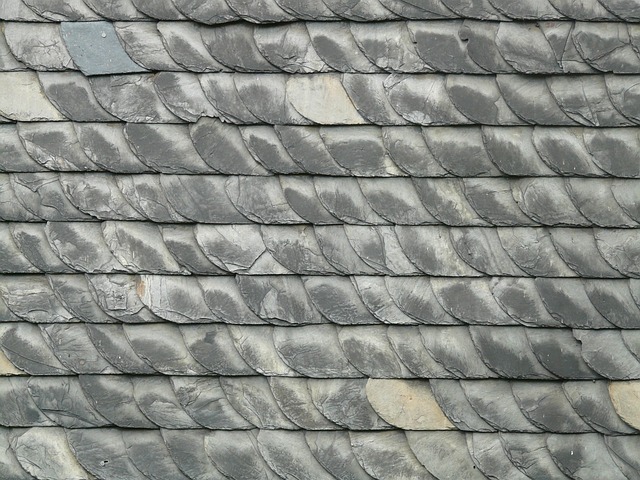
Affordable metal roofing offers a durable, cost-effective alternative to traditional materials like…….
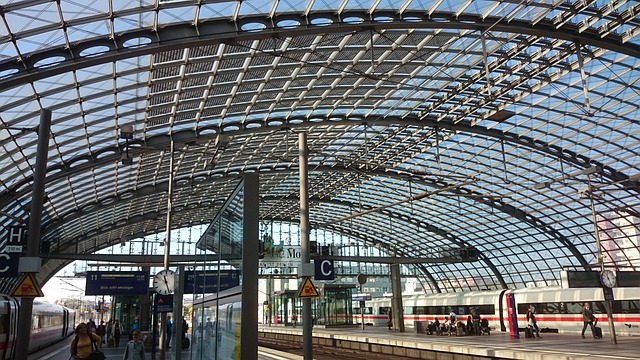
Metal roofing services provide a superior, low-maintenance option for homeowners seeking durability…….

To choose the best affordable metal roofing options for your home or business, first assess specific…….
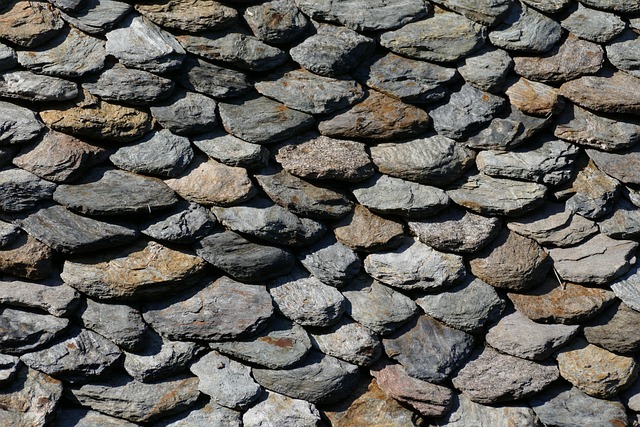
Buildings face significant stress from environmental factors like wind, snow, earthquakes, and age,…….
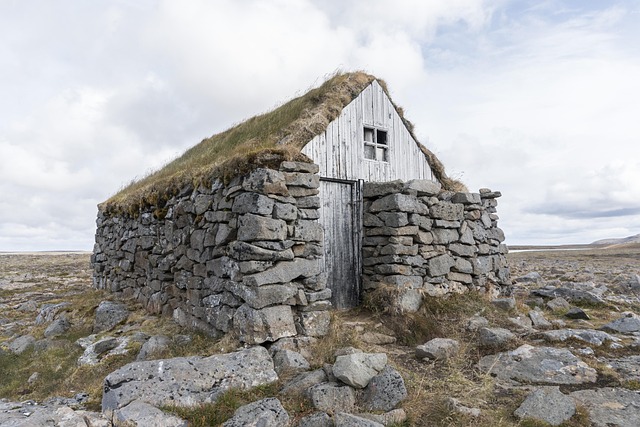
Residential metal roofing is a popular choice for its superior durability, customization options, an…….
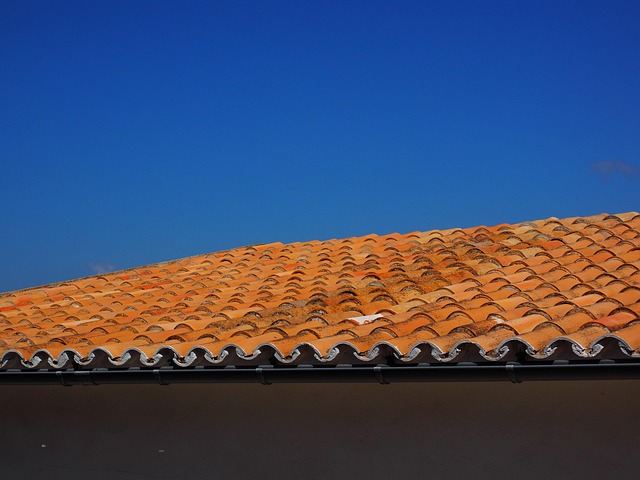
A professional metal roof installation is a strategic choice for homeowners seeking exceptional dura…….

Solar panel installations paired with durable metal roofing materials offer a powerful combination f…….

Commercial metal roofing is a top choice for businesses due to its exceptional durability, longevity…….